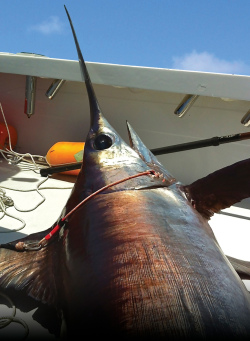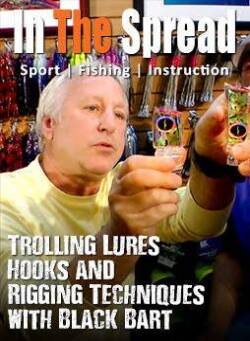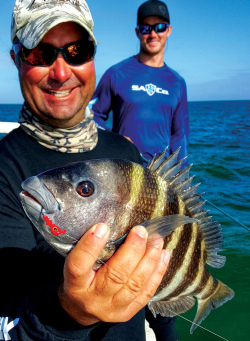Captain William Toney reveals how to turn challenging outgoing tide conditions into productive seatrout fishing opportunities. Learn boat positioning strategies, tackle selection, and how to locate feeding zones along Gulf coast river mouth bars where baitfish concentrate and predators stage.
How to Catch Seatrout on an Outgoing Tide
(00:15:38)
Watch Full Video
View Short Trailer
Instructor:
William Toney
Description
/
Review
/
Instructor
Outgoing Tide Seatrout Fishing with Captain William Toney
Fishing plans don't always work out perfectly. When weather, mechanical issues, or other problems force you to miss the high tide window, there's still a productive fishery to work if you know where to look.
Why outgoing tides produce seatrout
Current acts as an aggregator of baitfish and provides cooler, oxygen-rich water that offers relief from summer heat. Seatrout are low-light ambush predators that hunt shallow waters. The onshore breeze creates surface chop that reduces light penetration, triggering more aggressive feeding behavior throughout the day rather than limiting activity to dawn and dusk periods.
Along Florida's west coast, rivers empty into the Gulf and form bars at their mouths. These debris humps, consisting of oyster beds or sand and gravel structures, are found throughout the Gulf coast region extending to Texas. As the outgoing tide pushes baitfish up against and over these bars, they funnel into deeper channels on the backside where predators stage. The water compressing against the bar structure concentrates oxygen levels, creating distinct feeding zones that hold fish consistently.
William breaks down the tactical decisions that make the difference between success and frustration on outgoing tides. Boat positioning is critical. He explains how to read the bar structure, identify which side tends to be most productive based on current direction and wind angle, and where to position your boat relative to the deeper channels without spooking fish. Understanding how baitfish move over structure as water drops helps you anticipate where seatrout will set up to ambush.
Common Questions About Outgoing Tide Seatrout Fishing
What makes river mouth bars productive on outgoing tides? Baitfish get pushed over the bar structure and funnel into deeper channels on the backside where predators wait. The compressed water flow concentrates oxygen and creates defined feeding zones.
How do you position your boat when fishing bars on an outgoing tide? Stay on the deeper channel side of the bar, maintaining enough distance to avoid spooking fish while keeping your presentation in the zone where baitfish funnel through based on current flow.
Login
to leave a review.
User Reviews
There are no reviews yet.Captain William Toney
Captain William Toney, a Florida native, is a fourth-generation fishing guide known for his expertise in Redfish, Sea Trout, Mangrove Snapper, Snook and other fish species. He is a licensed and insured guide, a Homosassa Guide's Association member, and hosts 'In The Spread', an online fishing instruction platform. Toney's expertise in redfish, tides, and bait presentation is unparalleled, and he shares his knowledge on seasonal fish migration patterns and tidal flows. His dedication to passing on his knowledge to younger generations is invaluable.
Read moreVideos
We Recommend
0




